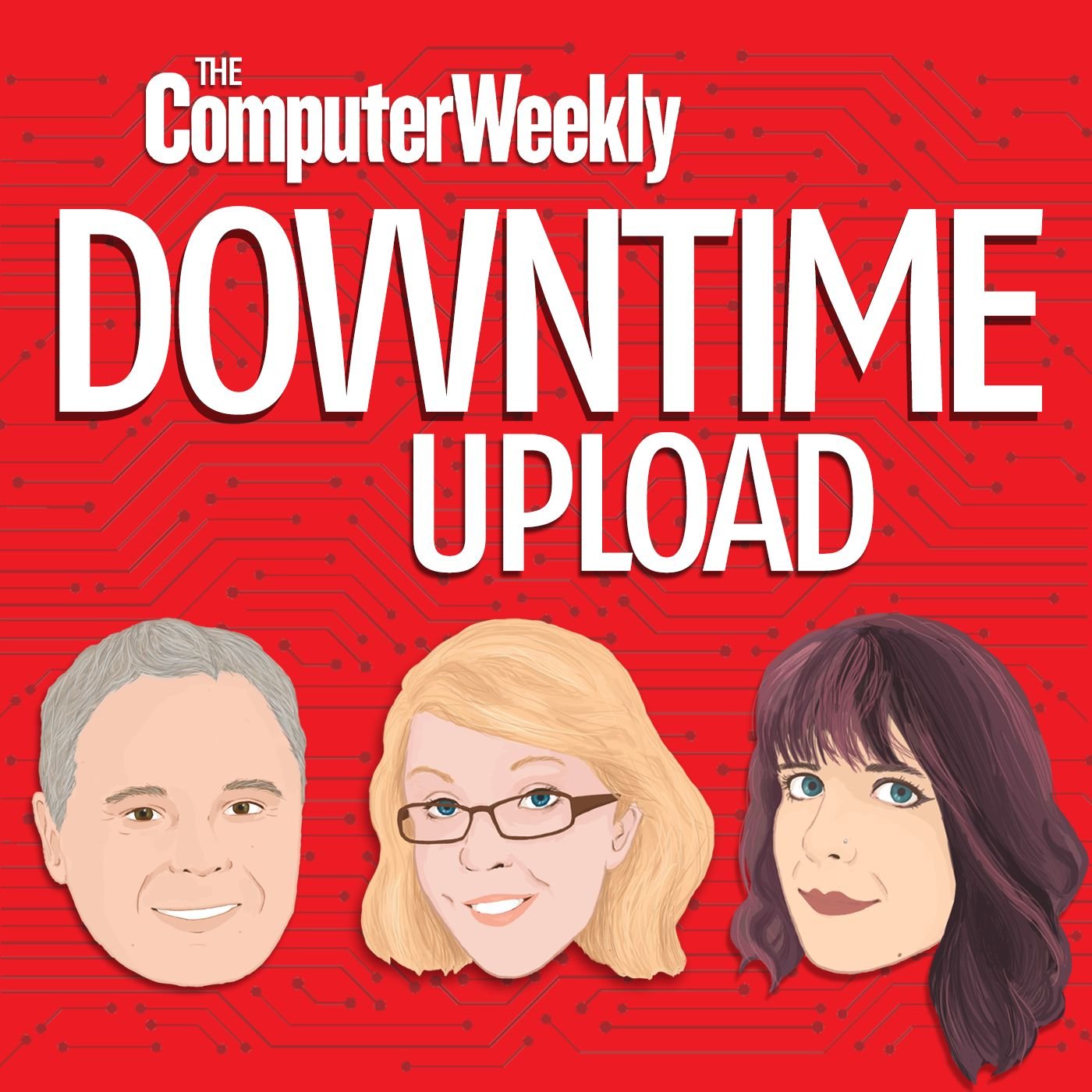
Choat - stock.adobe.com
IT sustainability: A Computer Weekly Downtime Upload podcast

We speak to Gartner’s Annette Zimmerman about the circular economy and IT sustainability
There are a number of attributes required in the circular economy for IT equipment, based on the principle of designing out waste. One of the ways this is achieved, says Annette Zimmerman, a research vice-president at analyst firm Gartner, is to keep materials in use for as long as possible. “This means to keep on using what you have and then finally return the material to the environment in a way that maximises the positive impact,” she says.
One thing to consider when looking at IT equipment is that every single piece of electronic equipment has embedded CO2, accumulated during manufacturing. Dell’s life cycle assessment of its Latitude 7300 25th anniversary laptop shows that approximately 85% of the device’s carbon footprint derives from the manufacturing and use phase.
It makes sense, therefore, to try to extend the life of IT equipment, by running it for longer before buying a replacement. Zimmerman notes that there are two main factors IT leaders need to consider.
One is the security risk you face as an organisation when you extend the lifetime too long, because you can no longer get software updates, she says. The other factor is the potential lost productivity that may be incurred when using IT equipment that is not optimised to run the latest software.
Zimmerman says Gartner’s clients appear to be changing their attitudes to the reuse and recycling of IT equipment, and are “more readily accepting used, refurbished or remanufactured devices”.
She says the stigma around whether to purchase a remanufactured device over a new one is being eroded. And by choosing remanufactured equipment over new, Zimmerman says corporate IT leaders can help their organisations meet commitments to lower greenhouse gases.
“There are studies showing that if you extend the lifetime of electronic devices by 50% to 100%, this can mitigate up to half the total greenhouse gas emissions,” she says.
For Zimmerman, extending the life of devices was one of the themes to come out of this year’s Mobile World Congress. “We saw some interesting new initiatives,” she says. “When people talk about circularity, the first thought is often just recycling, but it’s so much more than recycling. It’s about reuse, remanufacture and refurbishment.”
Simply put, the circular economy is about giving IT equipment a second life. One example Zimmerman came across at MWC is HMD Global, the manufacturer of Nokia smartphones. The company has introduced a repair programme through a collaboration with iFixit, the global repair service company.
Through this partnership, a consumer can be shown how to fix their device or, for a small fee, have it repaired by a specialist. Purely from a cost perspective, it may well be cheaper for corporate IT to issue a new device than spend man-hours on a repair, but Zimmerman believes attitudes are changing and that IT leaders are becoming increasingly focused on the whole lifecycle, from purchase through to disposal.


